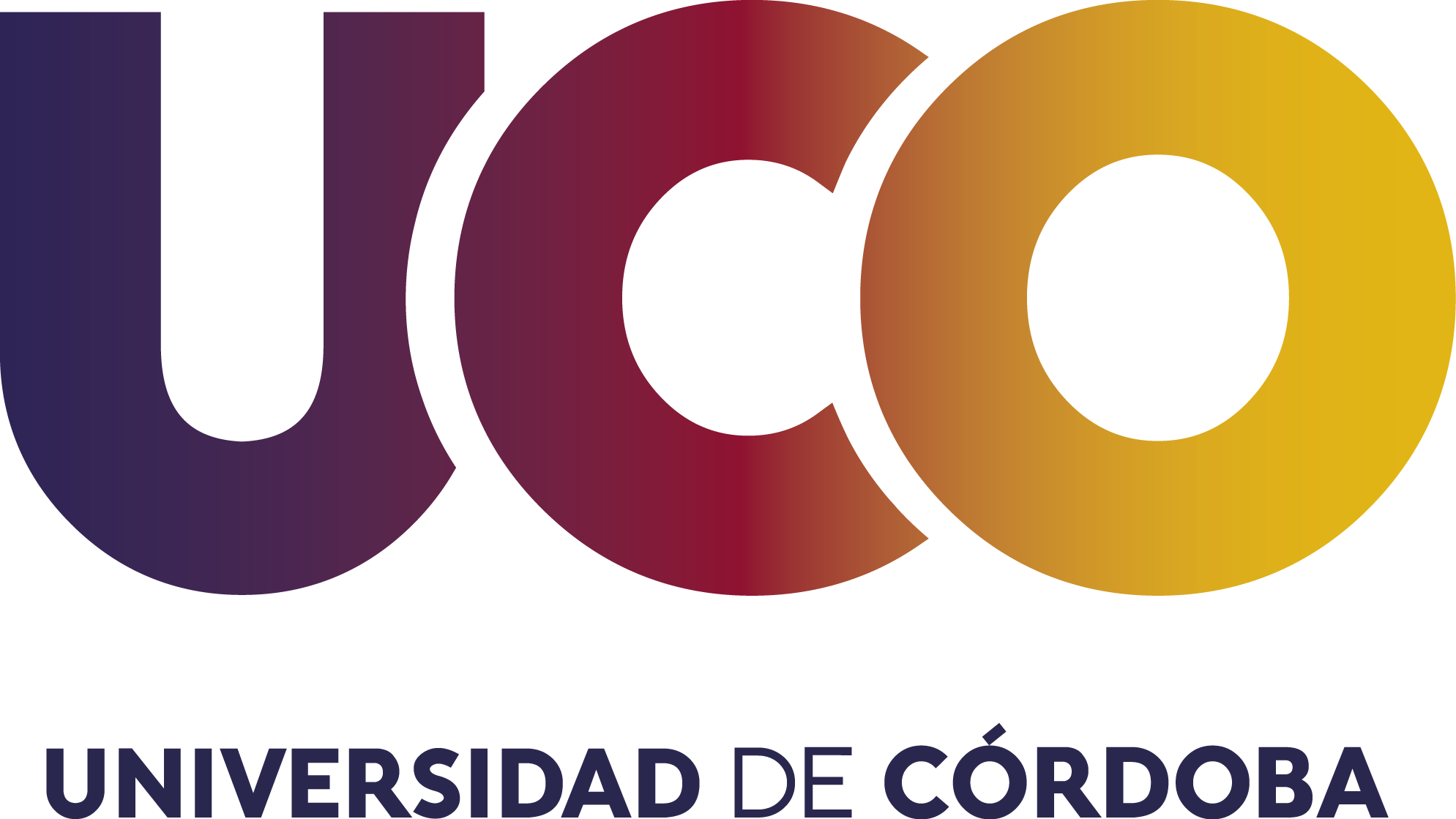Envagro
The different actors in this society are coming closer and closer to the premise: the best waste is the waste that does not exist.
On the one hand, the civil sector, due to the environmental connotations derived from poor management, and on the other hand, the economic-productive sector, due to the loss of money involved in not taking advantage of waste that has required financial resources (labour, nutrients, etc.) to generate. It is well known that the availability of natural resources is not unlimited, and human activity must be inexorably directed towards making good use of them, with full exploitation.
The concept of bioeconomy, which has become so fashionable in recent times, consists of including in the economic-productive cycle a series of activities aimed at creating value from raw materials of natural origin through the rational and sustainable use of the products, by-products and waste that may be generated. In this context, agri-food activity, which is vital and indispensable for the human species, must be a pioneer in the valorisation of waste and therefore the generation of added value. Indeed, this agro-food activity generates huge quantities of plant biomass every year that are underused, which is a hindrance both environmentally, as it wastes a natural resource, and economically, as the non-valorisation of this waste represents an opportunity cost.
Andalusia is a region with a very important agri-food activity, where there are many examples of plant biomass that can be used. Specifically, in the east of Almeria, huge quantities of fruit and vegetables are produced every year under the greenhouse system, both for the national and international market. In this type of exploitation, all the plants are pulled up at the end of the season, to be cultivated again for the new season. The current management of this waste, mainly by composting or burning for energy, is clearly insufficient to dispose of the waste produced.
Given the main composition of the waste, cellulose, hemicellulose and lignin, it is possible to obtain products with high added value. With the cellulose fraction, 2nd or 3rd generation biofuels can be obtained, as well as cellulose fibres for the manufacture of paper and/or cardboard, and for obtaining cellulose nanofibres (CFN), while multiple products can be extracted from the lignin, applicable in various industries such as pharmaceuticals, paints, automobiles, etc.
This project aims to design a flexible process for using fruit and vegetable waste to produce cellulose fibres that can be used to make packaging for use in the agri-food industry. Given that agricultural activity produces fruit and vegetables that need to be transported, the waste generated after each season will be used to obtain cellulose fibres that can be used in the manufacture of cardboard and/or moulded cellulose packaging that will be used to transport these fruits and vegetables.

